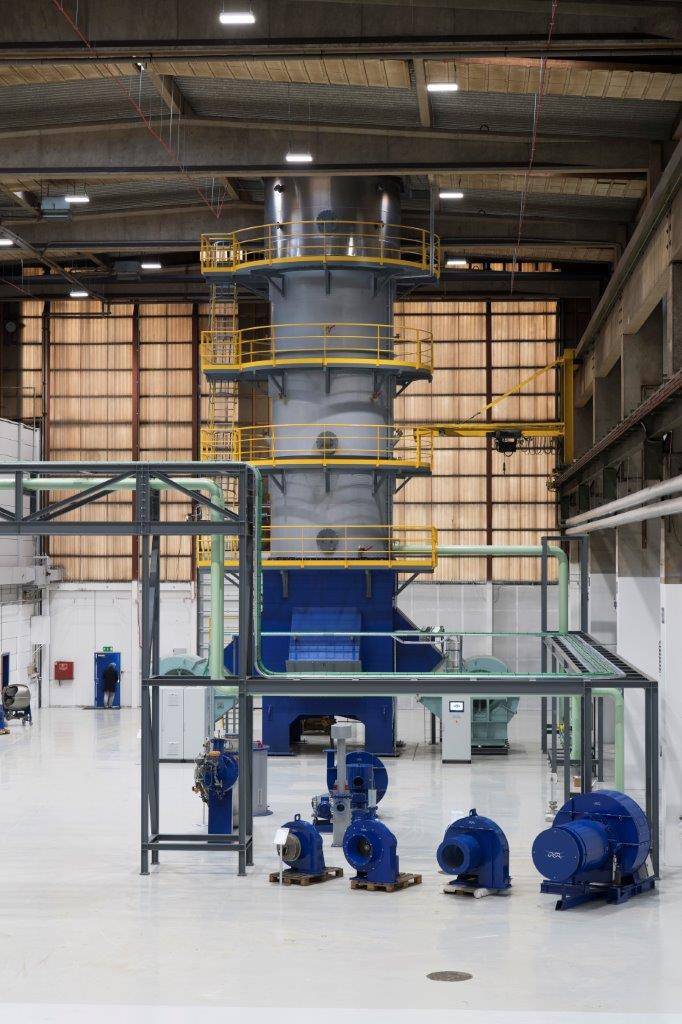Advancing Safety in Hydrogen Transportation: Alfa Laval's Innovative GCU Technology Receives DNV Approval
Key Ideas
- Alfa Laval's Gas Combustion Unit technology for hydrogen boil-off gas on liquid carriers receives Approval in Principle from DNV, affirming its feasibility and safety mechanisms.
- The GCU design is crucial for controlling tank pressure and temperature, ensuring safe combustion of hydrogen boil-off gas on liquid hydrogen carriers.
- The AiP from DNV allows for the development of a GCU prototype that will undergo further testing and type approval, enhancing safety and efficiency in managing boil-off gas.
- Alfa Laval's expertise in gas combustion technology for LNG carriers positions them well to address the unique challenges of transporting hydrogen at sea, prioritizing safety and reliability.
Alfa Laval has achieved Approval in Principle (AiP) from DNV for its Gas Combustion Unit (GCU) technology designed for handling hydrogen boil-off gas on liquid carriers. The AiP validates the technical feasibility and safety features of the GCU, which is essential for managing the boil-off gas from liquid hydrogen carriers. With restrictions on venting cargo, a GCU is necessary to control tank pressure and temperature to safely combust hydrogen boil-off gas. This milestone paves the way for the development and testing of a GCU prototype to ensure a secure and effective system for handling boil-off gas on liquid hydrogen carriers. Alfa Laval's Business Development Manager, David Jung, highlighted the significance of the AiP as a testament to their adherence to safety standards and DNV's classification rules. The challenges of transporting hydrogen, with its extremely low boiling point and unique properties, emphasize the importance of prioritizing safety in developing technologies like the GCU. Jung emphasized the critical role of ensuring safety and reliability in enabling technologies for hydrogen transportation. Alfa Laval's experience in gas combustion technology for LNG carriers positions them well to address these challenges and contribute to the safe transport of hydrogen in the future.
